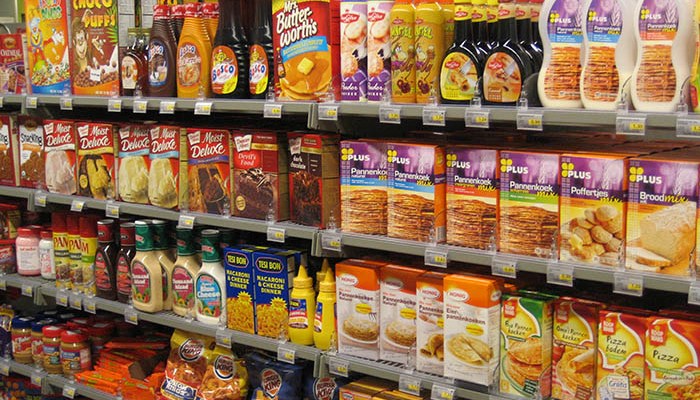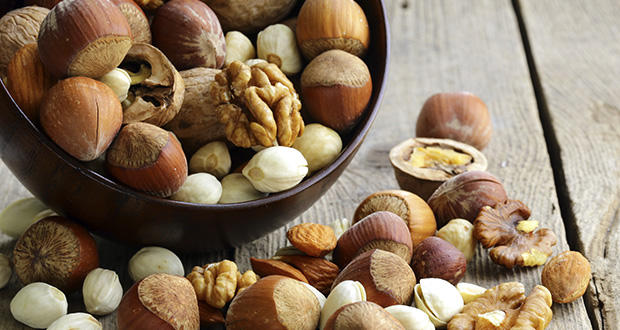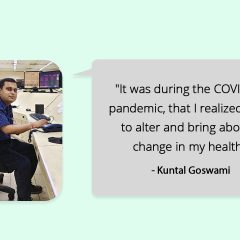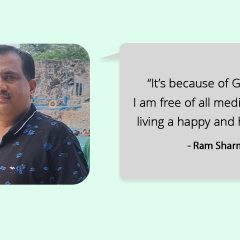
How many of us really read nutrition labels when we buy a food product?
Today, the market is full of fancy branded food products with fancier food labels that are very confusing and tricky to understand. To add to that, our busy schedule seldom allows us enough time to read, ponder and interpret the labels and figure what it means and how to use the products.
But, as people are getting more health conscious they have started checking out nutrition labels. Having said that, the food companies are no less and have gotten smarter than the consumers and have started choosing different ways to entice the consumers into buying products by making them believe that they are choosing healthy food. But, in reality, the consumers are just buying the same unhealthy food with fancy and attractive packaging.
Let me give you an example to explain the above better- It’s no secret that Bollywood and Cricket is a religion in this country. These stars are worshipped like a god. Probably one of the reasons why companies bring on board film stars and sports stars to endorse brands.
Stars endorse anything from perishable products like food and beverages to non-perishable items such as hair oils, cars and mobiles. The advantage of getting a film star or a sporting star on board is that they will prompt the consumers to buy the product. Anything recommended by our favourite star whether or not it’s required or beneficial to you, a consumer will buy the product only because it has been endorsed by the Star.
Take for instance beverages. Most of the Bollywood and Sports stars endorse them. The product is largely seeing sales thanks to these stars fan following.
Consumers here seldom have the habit of reading labels on food products whether be it for its expiry date or to understand its nutritious value. Therefore, the understanding of whether an aerated beverage is good for health or no is out of the question.
In reality, if one checks the label on the bottle, a half- litre aerated beverage bottle contains approximately 64gms of Sugar, which does no good for one’s health. Some adverse effects of Sugar include the rise in triglycerides, reduction in HDL (good cholesterol), suppressing your immune system, causing hyperactivity, anxiety, inability to concentrate and crankiness, especially in children.
Given the above example, you would realise how important it is for us to read the nutrition label on each product. As per my knowledge and the studies undertaken by me, here are a few tips I can safely recommend for packaged food and beverages.
Understanding food labels can help you make wise choices―if you know what to look for. Here’s a rundown of the most important elements.
# Do not get fooled by fancy packaging. Always check the facts on the Nutrition label and ingredient list
# Always check the first ingredient in the greatest amount (by weight) in a food product. So if the first ingredient is SUGAR, you can easily conclude if the product is good or bad for you.
# Always avoid products that contain artificial flavours, partially hydrogenated oil, Trans Fat, Salts, High Fructose Corn Syrup.
# Try to choose food with the less Ingredient list because long ingredient list may hide things that your body doesn’t need. In general, foods with shorter lists tend to be closer to nature (more wholesome with more natural ingredients).
# Among the grain products try to get the product which has at least 2 grammes of fibre per serving. Beware of “whole grain imposters”. Choose whole grains and fewer refined grains.
While the above might come across as being very restrictive ideally, it is not so. You do not have to give up on the food you like; all you need to do is make the right choices. Today, there are a number of options available in the market. Therefore, you need to take care and read the nutrition label carefully and select the right option, which is good for your health.






